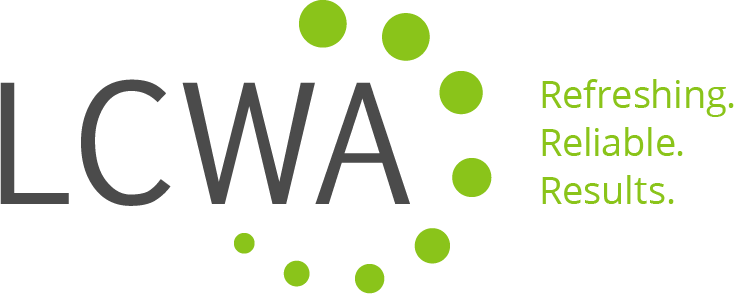May 15, 2017
Last week I attended the Publicity Club of Chicago (PCC) monthly luncheon featuring a panel of five magazine journalists and freelance contributors who discussed how to best to pitch them.
- Kendra Chaplin, publisher of Chicago Woman magazine
- Cindy Kuzma, a contributing editor at Runner’s World magazine, and contributes to print and online features for Men’s Health, Women’s Health, SELF and Prevention
- Sarah Ryan, editor-in-chief of Modern Luxury Weddings and deputy editor of CS Magazine
- Hilary Shenfeld, a Chicago-based freelance reporter whose work has appeared in People magazine, Newsweek and more
- Kate Silver, and award-winning freelance writer and editor specializing in health, food and travel stories

The panel provided many great tips and insights that we can incorporate into our ongoing story pitching for our clients.
Keep Email Short
All the panelists strongly preferred to be pitched to via email, with one panelist admitting she hates receiving phone calls from people she does not know and will not answer the phone. They all also want short, concise pitches and subject lines that get to the heart of the message within the first three lines.
“Tell me the story the way you would at a cocktail party,” said Kate Silver, who emphasized including the juicy details and keeping pitches conversational.
Leave a Little Wiggle Room
When pitching via email, PR professionals can sometimes get impatient and send follow-up messages to editors and writers within 24 hours of the original message. The panel agreed that PR pros should allow more than 24 hours before a follow-up email is sent, preferably a few days.
Likewise, when offering exclusivity on a story, the writer or editor may not respond until three to five days later. If there is a tight deadline for exclusivity, include that timeline in the email pitch so the writer is aware. That way, when the deadline passes, PR pros can feel free to move on to the next writer.
Mix it Up
The majority of the panelists work for outlets that create both print and online content. They encouraged PR pros to send new ideas, studies, announcements, etc., to the media ASAP because they may have a use for it immediately for an online piece, or down the road for a print piece. Trying to map out exactly when a topic might be of use for a long-lead print placement may not always work, as each print outlet has its own schedule it works off of. Online content, on the other hand, can be turned around within a day and may be valuable anytime.
Some panelists explained that the preference for online or print for specific stories has shifted over the past few years. While traditionally longer pieces would be used for print and shorter pieces for online, many are realizing the opposite is true today. Online enables them to experiment with a broader range of topics, without being confined by space or specific sections/departments for stories to fall under as in print.
